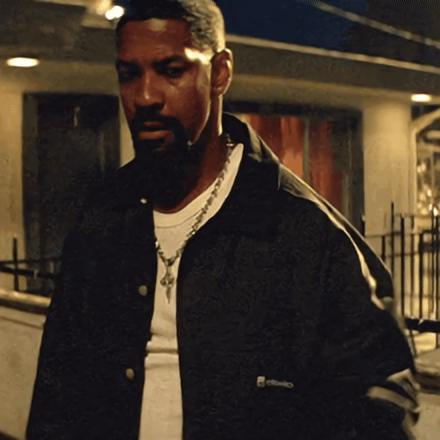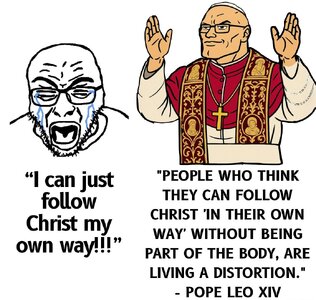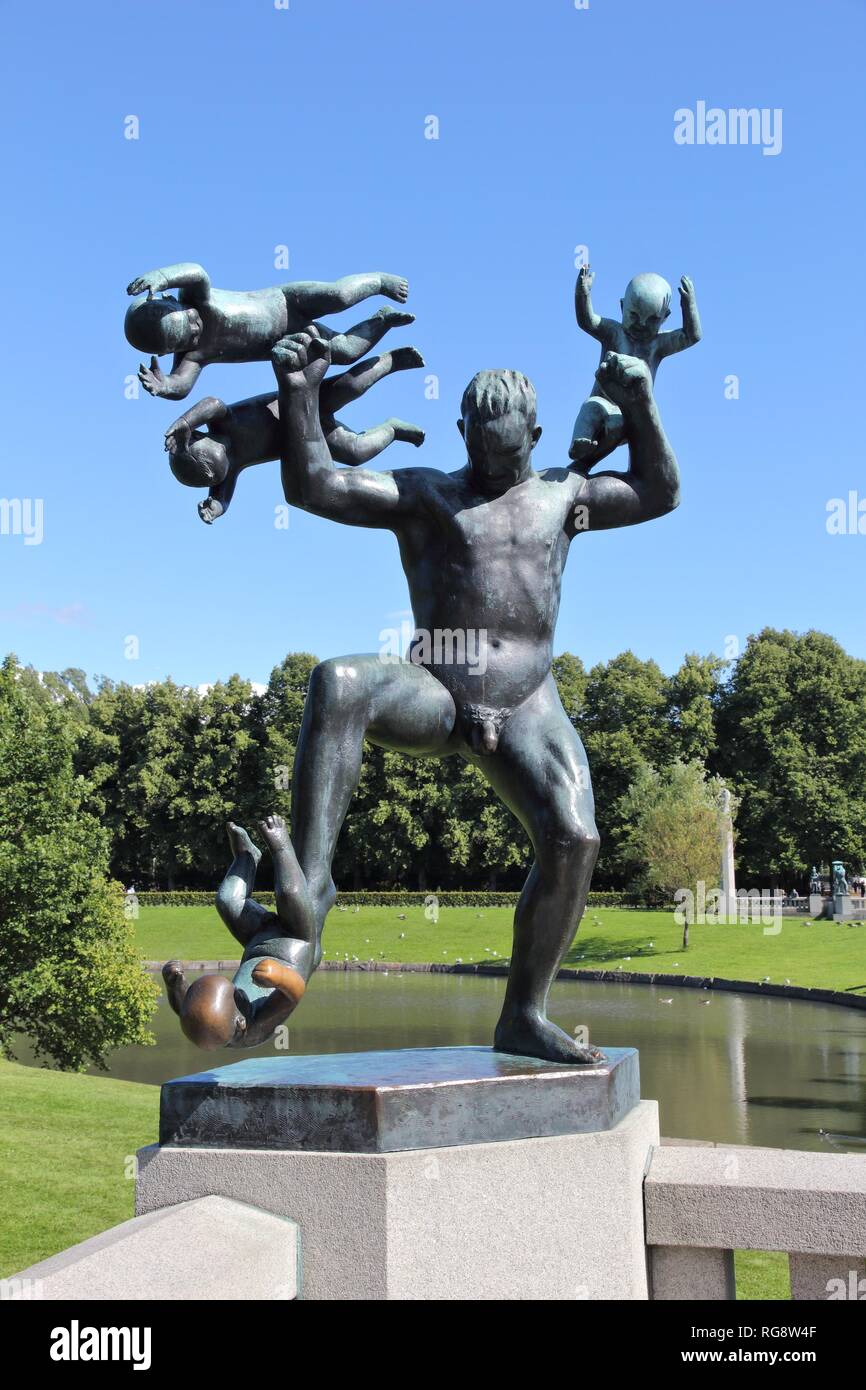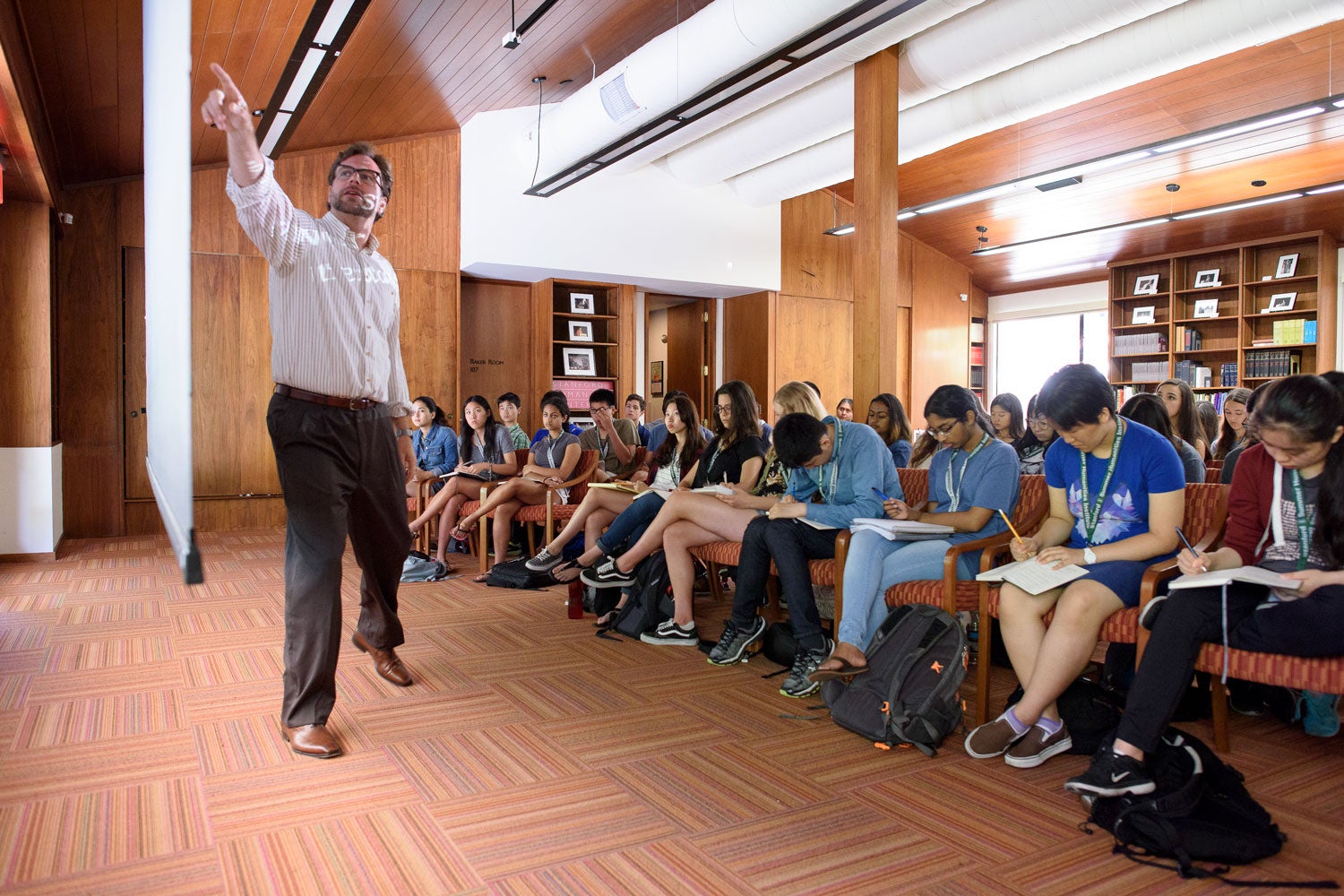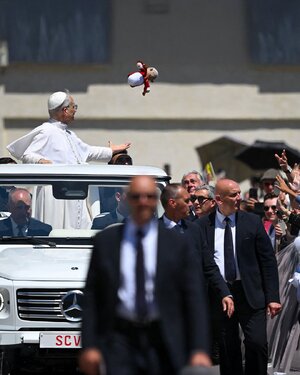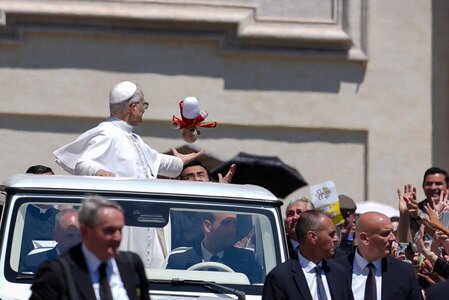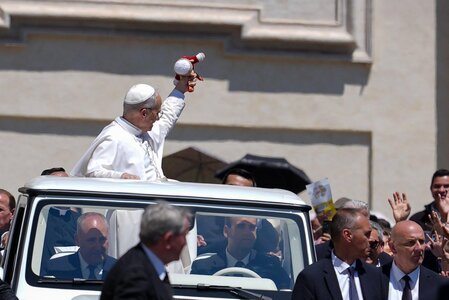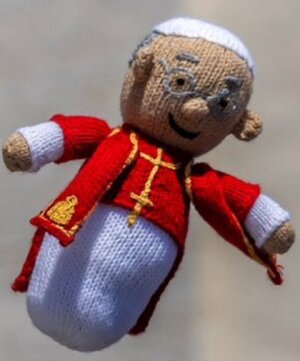Yeah, I don't buy it.
America has the largest self-identified Christian population of any country in the world, but there are roughly twice as many Protestants as Catholics here. It will be interesting to see what sort of effect (if any) Leo can have on those dynamics. The amount of attention and eyes on what he's doing is substantially above the norm.
I think so, for the most part. It is certainly at the center of my interests and passions, so there's undoubtedly heavy-handed bias. I'd be inclined to remove Caesar before Augustus for reasons cited earlier.
He wasn't a Crusader Pope, but I'm often in awe of Julius II (the "warrior pope") and the patronage legacy of his papacy from 1503-1513. In a mere decade, he was responsible for organizing the Swiss Guard, laid the first stone of the modern Saint Peter's Basilica, established the Vatican Museums, commissioned both Michelangelo to paint the ceiling of the Sistine Chapel and Raphael to adorn the rooms that now bear his name with timeless frescoes, donated the Apollo Belvedere and acquired Laocoon and His Sons, which is IMO the greatest marble sculpture in existence next to David and Pieta (which also sits inside St. Peter's). It's just fucking magnificent.
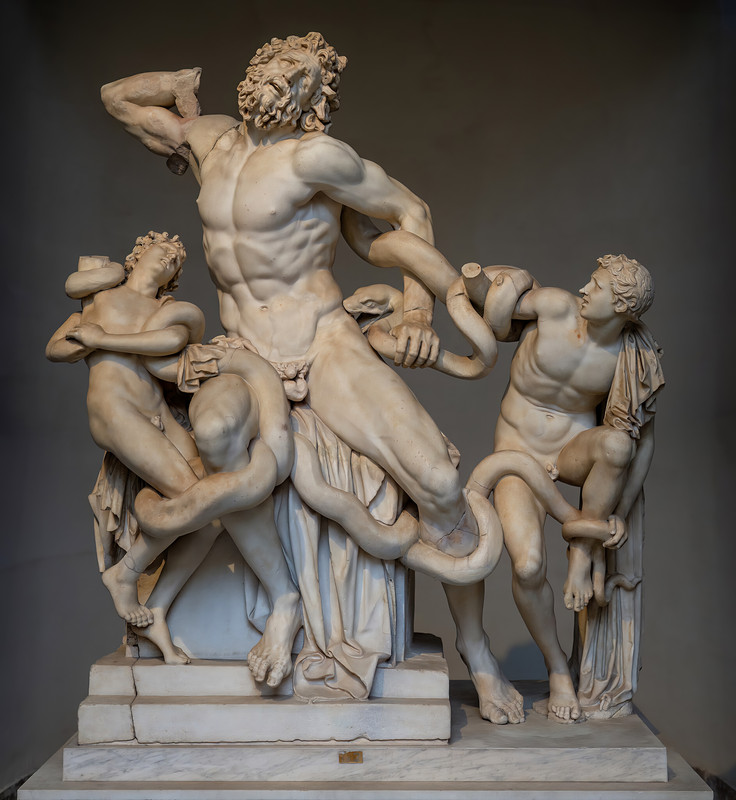 The statue of Laocoön and His Sons, also called the Laocoön Group (Gruppo del Laocoonte), has been one of the most famous ancient sculptures since it was excavated in Rome in 1506 and put on public display in the Vatican Museums, where it remains today. The statue is very likely the same one that was praised in the highest terms by Pliny the Elder, the main Roman writer on art who attributed the work, then in the palace of Emperor Titus, to three Greek sculptors from the island of Rhodes: Agesander, Athenodoros, and Polydorus. The figures in the statue are nearly life-sized, with the entire group measuring just over 2 meters (6 ft 7 in) in height. The sculpture depicts the Trojan priest Laocoön and his sons Antiphantes and Thymbraeus being attacked by sea serpents.
The statue of Laocoön and His Sons, also called the Laocoön Group (Gruppo del Laocoonte), has been one of the most famous ancient sculptures since it was excavated in Rome in 1506 and put on public display in the Vatican Museums, where it remains today. The statue is very likely the same one that was praised in the highest terms by Pliny the Elder, the main Roman writer on art who attributed the work, then in the palace of Emperor Titus, to three Greek sculptors from the island of Rhodes: Agesander, Athenodoros, and Polydorus. The figures in the statue are nearly life-sized, with the entire group measuring just over 2 meters (6 ft 7 in) in height. The sculpture depicts the Trojan priest Laocoön and his sons Antiphantes and Thymbraeus being attacked by sea serpents.
The discovery of the Laocoön made a great impression on Italian artists and continued to influence Western art into the Baroque period. Michelangelo is known to have been particularly impressed by the massive scale of the work and its sensuous Hellenistic aesthetic, particularly its depiction of the male figures. The influence of the Laocoön, as well as the Belvedere Torso, is evidenced in many of Michelangelo's later sculptures, and several of the ignudi in the Sistine Chapel Ceiling draw on the figures. Raphael used the face of Laocoön for Homer in his Parnassus fresco in the Raphael Rooms of the Vatican, expressing blindness rather than pain.
Pliny's description of Laocoön as "a work to be preferred to all that the arts of painting and sculpture have produced" has led to a tradition which debates this claim that the sculpture is the greatest of all artworks. Johann Joachim Winckelmann wrote about the paradox of admiring beauty while seeing a scene of death and failure. Johann Goethe said the following in his essay, Upon the Laocoon "A true work of art, like a work of nature, never ceases to open boundlessly before the mind. We examine – we are impressed with it – it produces its effect; but it can never be all comprehended, still less can its essence, its value, be expressed in words."



